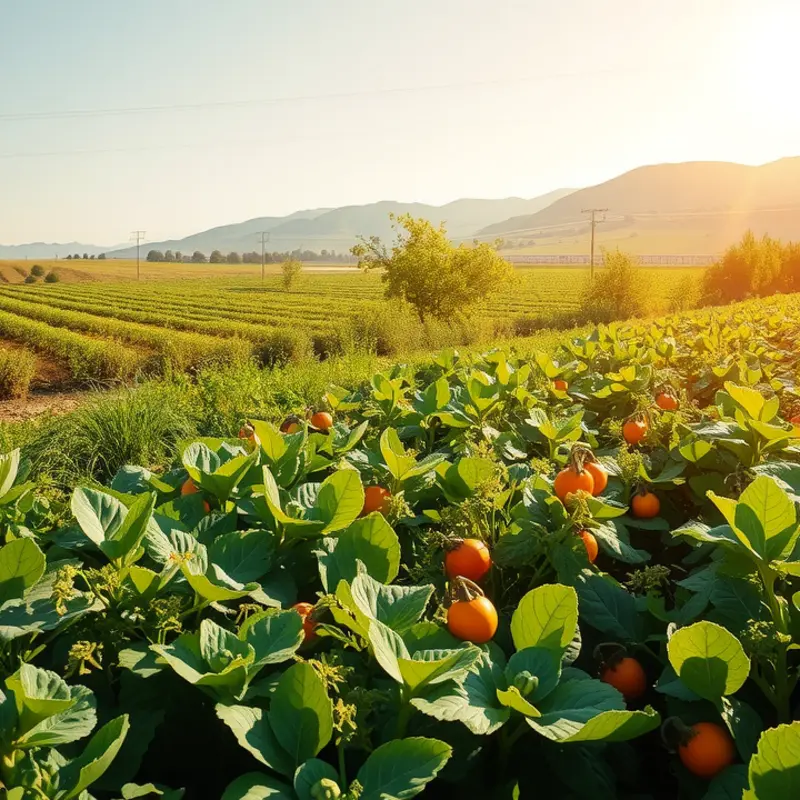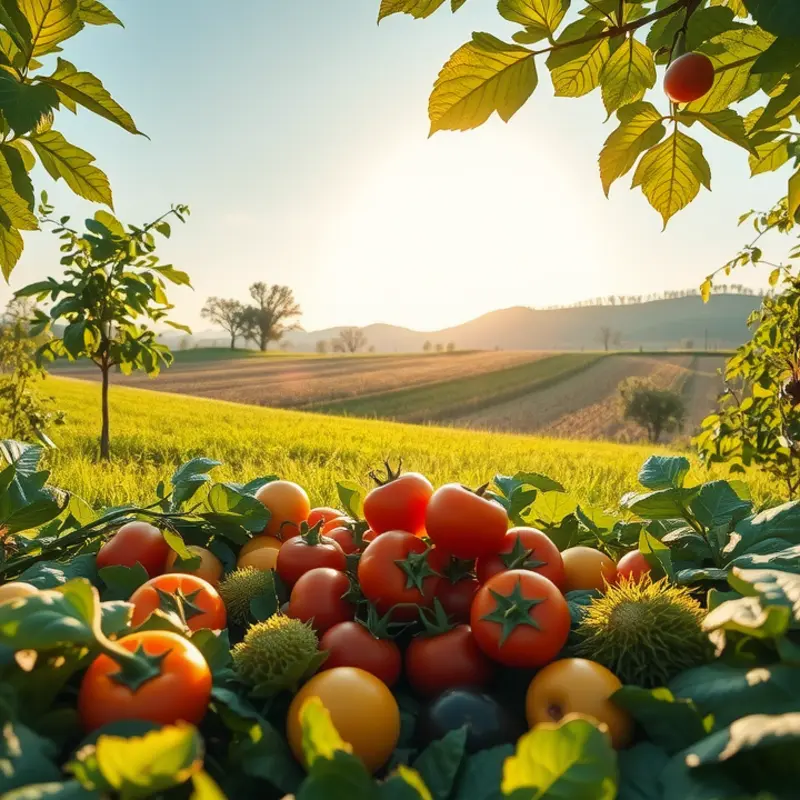Breakfast, often heralded as the most important meal of the day, varies drastically from one corner of the globe to another. Each culture has its unique rituals, flavors, and traditions surrounding this early meal, offering a flavorful glimpse into their culinary heritage. From hearty porridge in Scotland to delicate rice dishes in Japan, the rituals associated with breakfast can reveal much about a nation’s history, climate, and social customs. Join us on a journey to discover a variety of breakfast customs that not only nourish the body but also enrich the spirit.
The Hearty Mornings of Europe

Europe’s breakfast traditions unfold like a tapestry of rich, local flavors, where each region offers a distinct culinary experience. In England, the Full English Breakfast provides a hearty start to the day. This meal often includes eggs, bacon, sausages, grilled tomatoes, mushrooms, and baked beans. It’s a filling breakfast that emerged with the working class, designed to provide sustenance for a long day. This tradition continues today, embodying the practicality and hospitality at the heart of British culture.
Crossing over to France, breakfast takes on a lighter, more delicate approach with the classic French breakfast. A steaming cup of café au lait paired with a flaky croissant or a crisp baguette, slathered in butter or jam, exemplifies the French commitment to quality and simple pleasure. The emphasis on artisan bread highlights the French art of baking and the cultural importance of savoring each bite.
In Germany, breakfast is an elaborate affair with the popular Frühstück. This meal brings together hearty elements such as assorted sliced meats, cheeses, fresh bread rolls, and boiled eggs, often complemented by fresh fruits and yogurt. The abundance and variety reflect Germany’s rich agricultural tradition and the importance of starting the day with a balanced, satisfying meal.
Meanwhile, in Italy, a typical breakfast, or colazione, is a quick and sweet affair. An espresso or cappuccino accompanies a cornetto, a pastry similar to a croissant but sweeter and softer. This quick meal is enjoyed at a local bar, standing at the counter, demonstrating Italians’ love for both efficiency and socialization in their morning routines.
Austria offers a delightful morning indulgence with Kaffee und Kuchen, a tradition of coffee and cake. Although similar to a dessert course, this morning treat often includes a selection of pastries, such as the beloved Apfelstrudel. This highlights Austria’s affinity for baked goods and the role of café culture in daily life, where slow mornings and luxury meet.
Scandinavia presents a breakfast that merges wholesome elements with fresh simplicity. In Sweden, for example, a typical breakfast might involve smörgås, an open sandwich topped with cheese, cold cuts, or smoked fish. The focus on natural and often locally-sourced ingredients reflects the region’s dedication to sustainability and balance.
These diverse breakfast customs across Europe reveal how local ingredients and history shape morning rituals. From the robust spreads of Northern Europe to the refined simplicity of the Mediterranean, each breakfast is a celebration of regional identity, a story told through flavors and traditions.
For a deeper dive into how European cuisine has evolved and been influenced by trade, explore more at Culinary Influences of Trade.
A Flavorful Tapestry of Asia

Asian breakfast traditions offer a vibrant palette of flavors and ingredients, each dish reflecting the cultural diversity of the continent. In Japan, breakfast starts with a harmonious balance of taste and nutrition. A typical meal may include rice, miso soup, and grilled fish, complemented by pickled vegetables. This combination not only provides a nourishing start to the day but also embodies the concept of ‘ichiju-sansai,’ or ‘one soup, three sides,’ emphasizing variety and moderation.
Further south in Thailand, the morning aroma is distinctively different. Thai breakfasts often feature jasmine rice paired with savory dishes, such as ginger-infused chicken, spiced omelet, or a tangy green curry. These meals are a feast for both the eyes and the palate, celebrating local ingredients and bold flavors. Breakfast is often viewed as an opportunity for communal bonding, where families share stories over hearty foods, making it an integral part of daily life.
In contrast, Indian breakfasts present a tapestry woven with a myriad of spices. From the southern regions, the beloved duo of idli and sambar showcases the transformative power of fermentation and spice. Soft, steamed rice cakes are paired with a lentil stew vibrant with tamarind and mustard seeds. Meanwhile, in the north, the sound of sizzling griddles signals the preparation of ‘parathas’—stuffed flatbreads often filled with potato or paneer. Accompanied by yogurt or a tangy pickle, this breakfast tradition is as hearty as it is diverse.
The cultural significance of breakfast in Asia is profound. These meals are more than sustenance; they are rituals that underscore familial cohesion and cultural continuity. Learning how different regions approach this everyday meal grants a deeper understanding of their societal values. For instance, the Japanese emphasis on balance and simplicity at breakfast mirrors broader cultural values of harmony and respect for nature, as explored here.
Moreover, the practice of slow, mindful breakfast preparation and consumption in many Asian cultures can guide those seeking to overcome hurried, unconscious eating habits. Each dish tells a story, reflecting both the land’s bounty and the creativity of its people. As we move across Asia, we see how breakfast customs offer insights into the lives and traditions of its people, creating a rich tapestry that connects us to the heart of this vibrant continent.
Final words
Breakfast is more than just a meal; it is a window into the culture and values of a society. Traditions vary widely, reflecting not only culinary preferences but also local ingredients, climate, and societal norms. Each morning ritual offers a unique taste of the past, guiding the way for future generations. From savory to sweet, hearty to light, embracing these diverse customs not only enriches our palates but also deepens our understanding of global cultures. As you embark on your next breakfast, consider the stories and traditions that each bite symbolizes. Let your morning meal be a continuation of the rich tapestry of culinary heritage from around the world.








